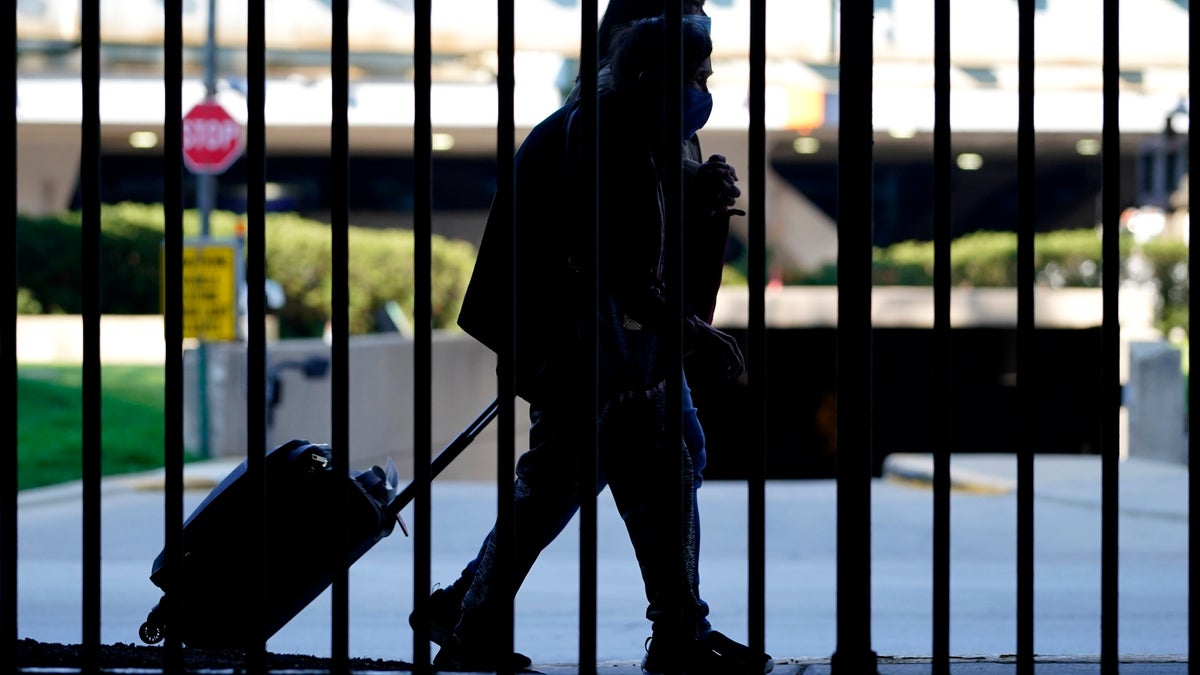In many ways, travel in 2021 has been more difficult than it was in 2020. As travel demand has returned, hospitality staff have often not been sufficient, leading to long waits at airports, hotel check-in counters and restaurants.
The eye-catching travel deals seen in 2020 have mostly disappeared, giving way to price increases, like soaring rental car prices. Despite social distancing recommendations, travelers often found themselves in larger than ever crowds. Crowds clamoring around airline customer service counters to book canceled flights left people barely six inches apart – let alone six feet.
This year could present similar challenges for travelers, but here’s a good way around most of them: travel during the “shoulder season.”
The definition of shoulder season varies by destination, but it generally means the period of time between a region’s peak season and the shoulder season. This period can last for months or only weeks. For example, if a location’s high season is summer and its shoulder season is winter, the shoulder season would be spring and fall. Alternatively, a location may experience a peak in travel during a holiday weekend, but demand will drop the weekend before or after – these times can also be considered a shoulder season.
Here are five reasons why the shoulder season is the best time to travel, especially during the pandemic.
1. EXPECT TO PAY LOWER PRICES THAN HIGH SEASON TRIPS
Airfares were on average 23% cheaper when booked for shoulder season compared to peak season travel. That’s according to a NerdWallet analysis conducted in December 2021 of more than 100 airfares drawn from the most popular routes in the United States on eight major airlines.
The same routes were compared for flights booked for high season days versus intermediate days, where high season flights were those booked for the Monday before or after a major holiday. On the other hand, off-season flights are those made two weeks before or after this date.
The difference was most noticeable around Christmas: flights were on average 50% cheaper when booked for Monday January 10 compared to Monday December 27.
2. YOU WILL NOT ALSO COMPETE FOR COVETED RESERVATIONS
These higher flight prices are usually driven by supply and demand, which means that demand is higher during peak season.
With increased interest comes increased competition on every level, whether it’s for a hotel room at the price you want or the chance to get tickets to that concert. And that’s only scratching the surface. Restaurants are more likely to be full, planes to fly with fewer empty seats and wait times to lengthen, and the likelihood of a free upgrade decreases.
Book during the shoulder season and you’ll compete with fewer people for your best experiences.
3. YOU WON’T SEE AS MANY OFF-SEASON CLOSURES
While demand is high during the peak season, demand sometimes drops so low during the shoulder season that the places you want to visit aren’t even open. Boat tour operators could board for the winter and charming ski resort cafes could close for the summer.
For example, January in Zion National Park, Utah, averages about 16% of the number of visitors that come during peak season in July, and most tourists will struggle. Ice forces some trails to close, some roads become inaccessible to drivers, and the museum and services like shuttles are unavailable.
Instead, consider a trip during shoulder season in September, when crowds are only about 85% of the park’s peak, but most amenities are available. In addition, you will benefit from mild weather and the appearance of fall colors.
Around the world, hotels often take advantage of the off-season to carry out renovations, so the swimming pool may become prohibited. Airlines usually cut routes, so you’ll have less flexibility as to what day or time you can fly.
But the shoulder season is less likely to bring such challenges. Travel before the summer crowds arrive and you might be pleasantly surprised with a newly renovated hotel room. Head for the mountains just after the winter holidays to enjoy slopes that are still snow-covered without so many skiers on them.
4. THE WEATHER IS GENERALLY GOOD
The shoulder season probably won’t bring the sweltering heat or storms that come with a region’s shoulder season. And in some cases, the weather during shoulder season is actually better than peak season.
Summer at Florida theme parks is often humid and sweltering – and that’s before you add the crowds of out-of-school kids. In the shoulder season, you might forego sunny summer days on the beach, but you’ll generally have temperate weather, not to mention a less sweaty smile in this photo with your favorite character.
Shoulder season in the Rocky Mountains might not bring the romance of white powder surrounding a cozy cabin. But you can travel light and leave the parka at home.
5. YOU COULD MORE LIKELY EXPERIENCE UNIQUE LOCAL EVENTS
Tourist hotspots generally want year-round crowds, so they often host events, concerts, and other festivities that don’t happen at times when crowds would be large anyway.
Theme park food festivals are among the most common shoulder season delights. Southern California’s amusement park, Knott’s Berry Farm, typically hosts its annual Boysenberry Festival from March through April. Hawaii comes alive in the fall with festivals spanning several islands, including the annual Waikik i Ho’olaule’a, which is a giant Oahu block party, and the Kauai Mokihana Festival, a week-long celebration of Hawaiian culture.
________________________________________
This article was provided to The Associated Press by personal finance website NerdWallet. Sally French is a writer at NerdWallet. Email: [email protected]. Twitter: @SAFmedia.

